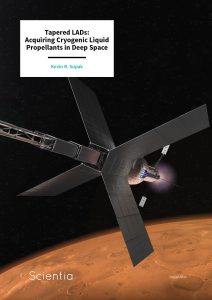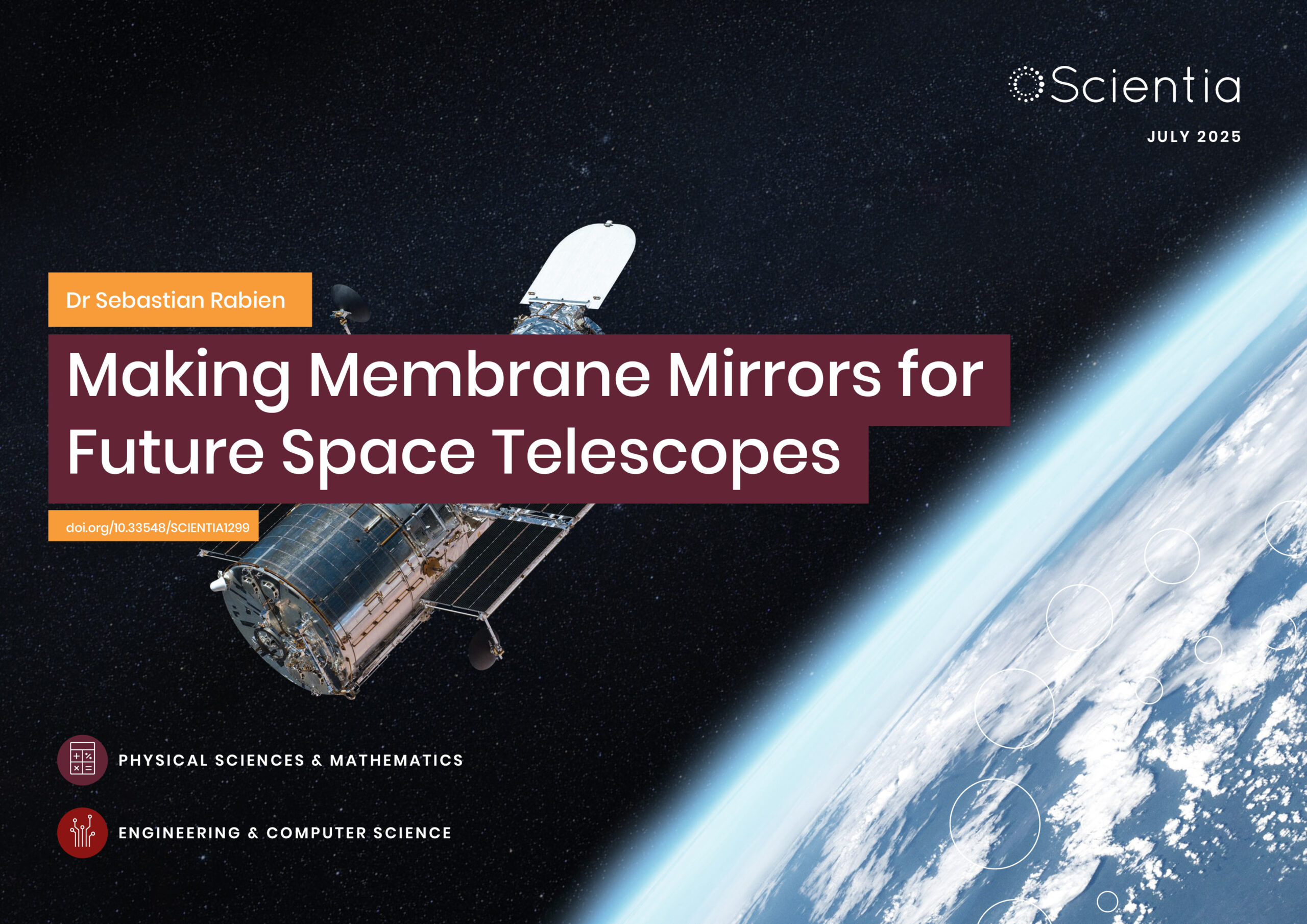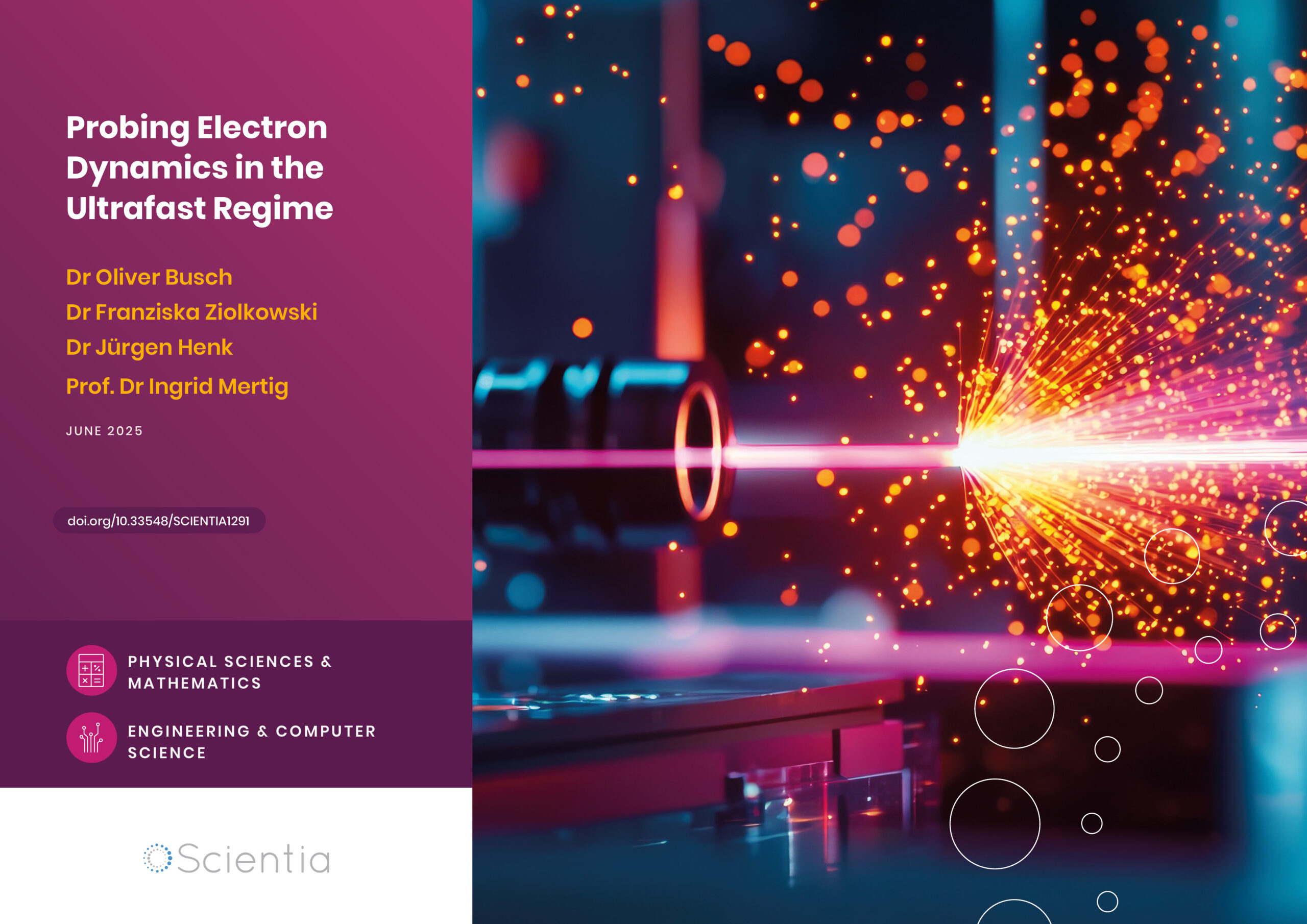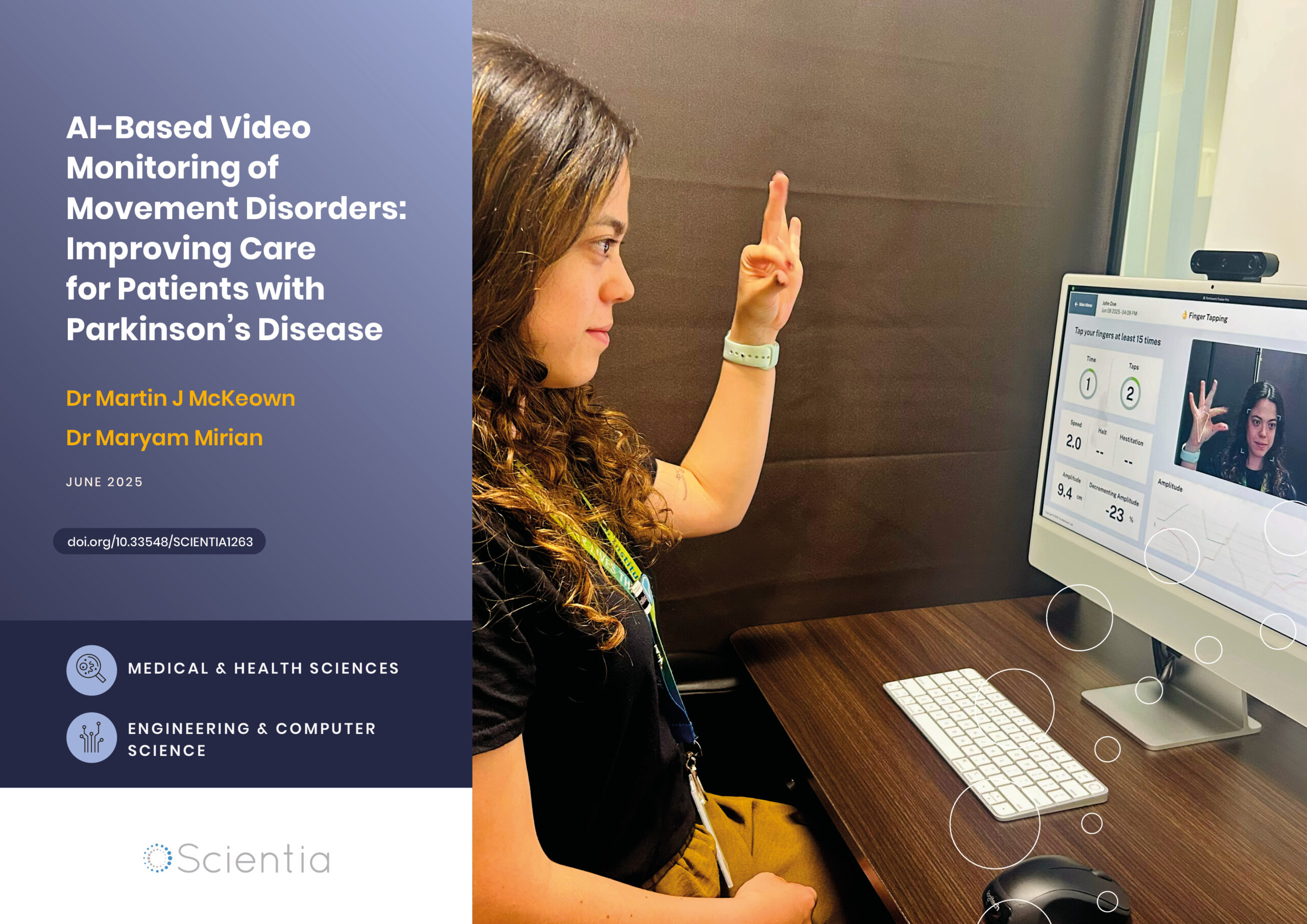Kevin R. Supak | Tapered LADs: Acquiring Cryogenic Liquid Propellants in Deep Space
To carry out complex manoeuvres such as orbit insertion, large spacecraft on long voyages must carry tanks of liquid propellants, kept at ultra-cold temperatures. In existing designs, however, heat leaking into these tanks can form unwanted vapour bubbles in the channels required to extract their contents – which are especially difficult to remove in the microgravity environment of deep space. In their research, a team at the Southwest Research Institute presents a simple solution to this problem – through which the sides of these extraction channels are tapered, allowing vapour bubbles to escape. Results from recent microgravity testing of this technology could lead to exciting new opportunities for future space missions.
Spacecraft Propellants
Future human-tended missions to Mars and beyond will require large spacecraft to safely transport astronauts and advanced propulsion systems, which allow the vehicle to enter the orbits of planetary bodies. To carry out these complex manoeuvres, spacecraft must carry propellants in specialised tanks, and release them precisely when commanded.
The best propellants for this job are typically cryogenic fluids including hydrogen and oxygen, which exist as liquids at ultra-cold temperatures. However, since their boiling points are so close to absolute zero, it is virtually impossible to keep these propellants in a fully liquid state throughout their long voyages. Instead, vapour must be separated from liquid inside the tank.
To achieve this separation in the low-gravity environment of deep space, researchers are beginning to explore the potential for innovative storage tank designs, featuring specialised internals named Liquid Acquisition Devices (LADs). To separate pure liquid propellants from vapour, LADs incorporate fine porous screens. Through the effects of surface tension, these screens allow liquid only to pass straight through, while blocking any bubbles of vapour.
As it runs parallel to the walls of a propellant container, a LAD’s screen forms a narrow channel. Ideally, this narrow space will always be full of liquid propellant, which can be extracted from a tap at the bottom of the tank. This relatively simple design has been used for decades in spacecraft, including the Space Shuttle, with storable propellants such as hydrazine. LADs also have promising potential for use in future long-term space missions. However, before they can be implemented in cryogenic propellant tanks, LAD designs still have one major barrier to overcome.
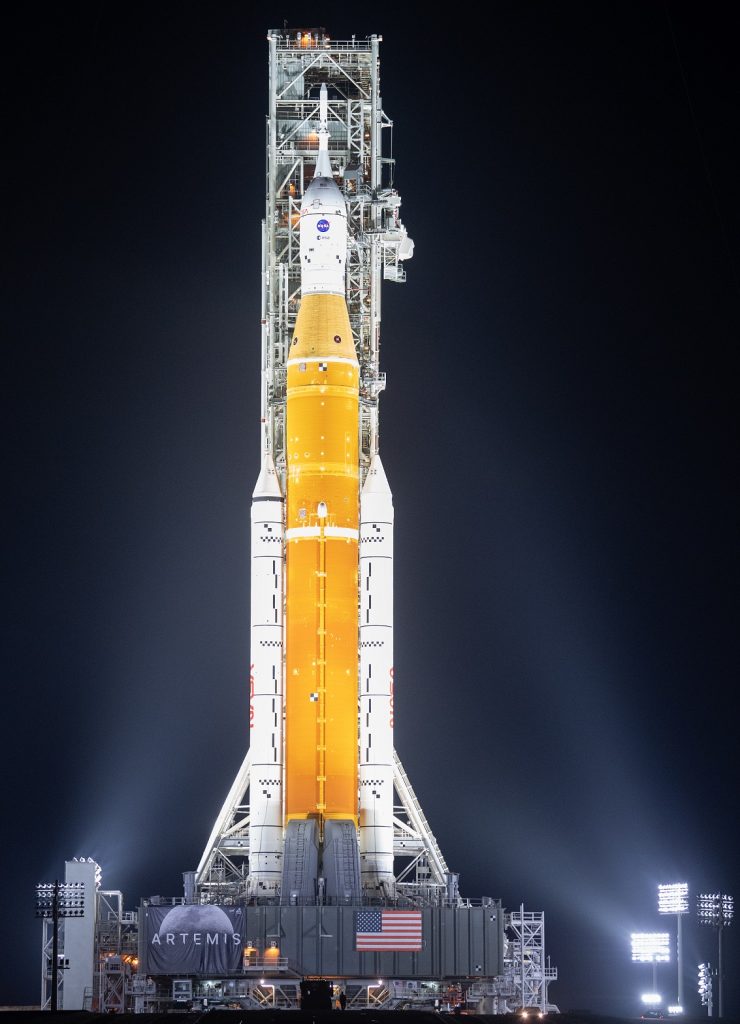
CREDIT: NASA/Joel Kowsky
Introducing a Tapered Channel
Over the course of a spaceflight that spans multiple years, it would be virtually impossible to keep ultra-cold propellant tanks perfectly insulated from the outside environment. As heat inevitably leaks into the chamber, it will be transferred directly to the cryogenic liquid extracted by its LADs – causing unwanted bubbles of vapour to form inside the channels.
These bubbles can damage rocket engines and make propellant transfers between tanks less efficient. However, they are difficult to remove in current LAD designs, especially in microgravity environments. Currently, this would require spacecraft to either carry out costly thrusting manoeuvres to force the bubbles out of the channels, or implement expensive and bulky systems for actively separating vapour from fluid inside the tank.
So far, this shortcoming has prevented the use of LADs in cryogenic propellant systems, despite their otherwise promising capabilities. In a recent study, a team at Southwest Research Institute introduces a simple modification to the LAD design, which could prove to enable the management of internal vapour bubbles. Their concept is based on a tapered channel – with a cross-section that gradually widens out towards the top of the tank.
As vapour bubbles form inside the channel, they are subject to interfacial forces due to surface tension. Here, vapour bubbles can be squeezed through narrow spaces as they seek to minimise their surface energy, without any assistance from external forces, such as gravity.
In this case, vapour bubbles are forced to move towards the wider end of the channel at the top of the tank, where they can be extracted out of the LAD – far away from the propellant extraction point at the bottom. This passive pumping technique is particularly promising, as it could be readily integrated into existing LAD designs without adding costly mass to the technology.
Experiments Aboard New Shepard
To validate their approach, Southwest Research Institute would first need to test its performance in a high-quality microgravity environment for an extended period. While they didn’t have access to the microgravity environment of outer space, they could simulate these conditions with the help of Blue Origin’s New Shepard spacecraft. This reusable rocket is designed to take both space tourists and research payloads to the edge of space.
New Shepard takes off vertically, and once the capsule separates from the rocket, it follows a parabolic suborbital trajectory for three minutes. During this time, gravity is temporarily counteracted by the capsule’s acceleration under freefall, producing the zero-gravity conditions required by the team. In 2019, the researchers carried out their first tests aboard New Shepard.
Their apparatus featured simple, liquid-filled channels containing a single air bubble, which widened out towards the bottom. The team also varied several properties of this setup across different channels – including liquid composition, channel taper angle, and surface roughness.
As New Shepard ascended, the team observed that the bubbles in each tube remained at the top of the channels, under acceleration and gravity driven buoyant forces. But under the spaceship’s simulated microgravity, some bubbles were driven towards the wide end of the channel by surface tension, just as they had predicted. All the same, this motion varied widely between tubes with differing parameters.
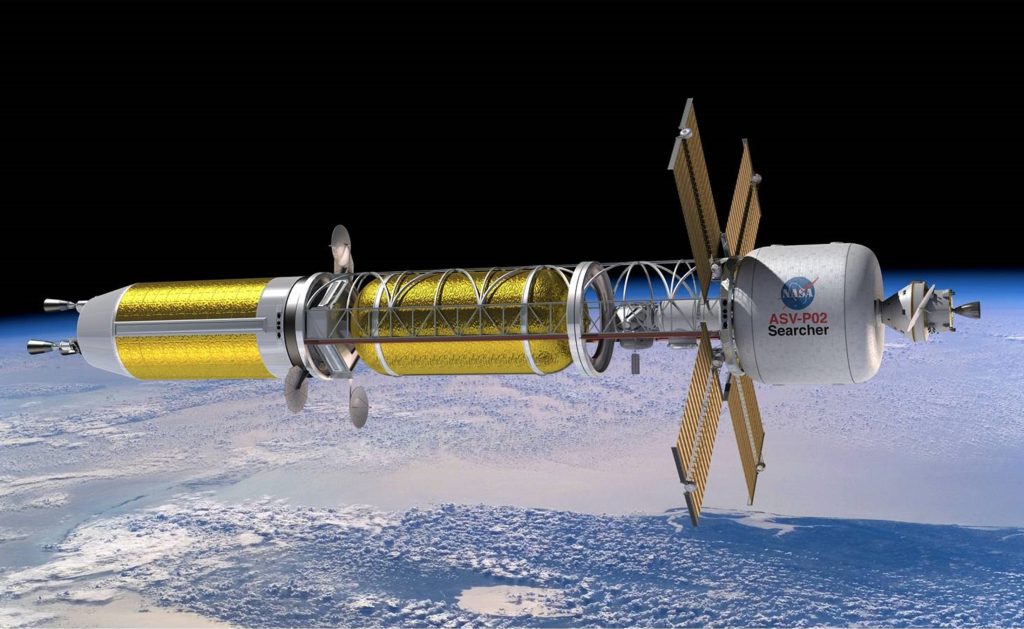
CREDIT: NASA
Lessons for Future Designs
Through their initial tests, the Southwest Research Institute team learned several important lessons about how bubbles can be ejected more efficiently from a tapered LAD, which they explored through two subsequent flights in 2020 and 2021. Based on their results, they could then establish a set of guidelines as to how LADs with tapered channels can best be implemented.
Firstly, the researchers noted that the displaced liquid in front of the bubble’s path needed some way to flow freely to the narrow end of the channel, without passing around the bubble directly – which would increase its drag. To do this, they incorporated a ‘liquid return passage’ into the LAD design, which allowed liquid to bypass the bubble without affecting its motion.
In addition, the team found that the composition of the liquid itself had a strong influence on the bubble’s motion. In particular, they observed that water proved too viscous, and stuck to the sides of the channel too readily – preventing the bubbles from moving during microgravity. The bubbles moved far more easily when surrounded by liquids that better simulate cryogenic fluid properties including isopropanol and HFE-7000 – which exhibit lower viscosity and surface tension when compared to water.
The team also noted some effects which had surprisingly little influence of the bubbles’ motions. These included the roughness of the LAD’s inner surface, and the shattering of bubbles inside the tubes – which occurred when New Shepard’s capsule separated from its propulsion stage, after main engine cut-off.
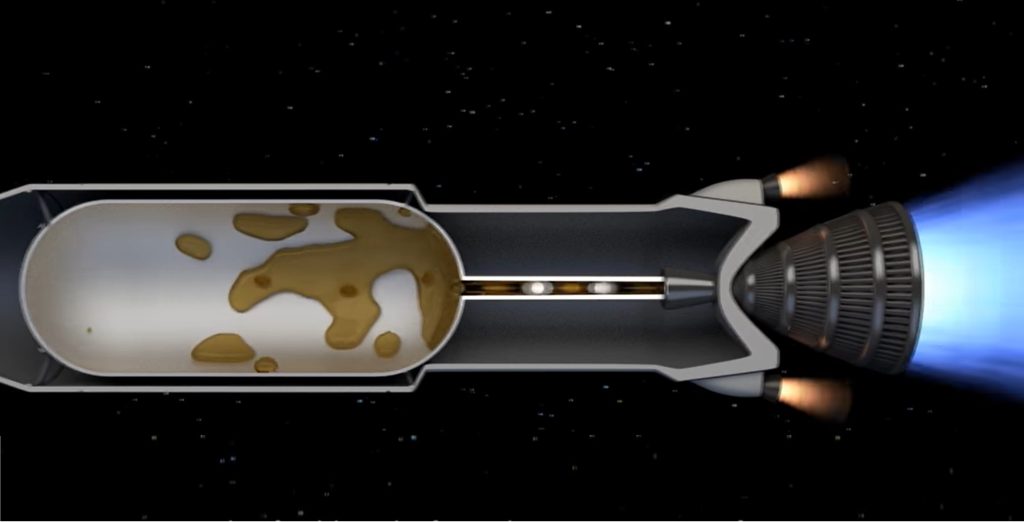
CREDIT: NASA
Modelling Different Influences
Across these flight tests, the Southwest Research Institute team also examined how bubble motions varied as they changed the tapering angles in their LADs. While channels with more tapering may be more suitable for smaller propellant tanks, they would take up far too much space within larger tanks. To overcome this issue, the researchers suggest that LADs could be designed with taper angles that vary along the lengths of their channels – limiting their widths at the top of propellant tanks.
Based on the results of their flight tests, the team next developed an analytical model to predict the movement of bubbles through tapered LAD channels. Their model could account for the influence of all the different factors they had tested so far – predicting bubble velocities to within just 0.2 mm per second in ground-based experiments. The researchers will now aim to further validate their model’s predictions using the data gathered from these flight tests and seek opportunities to test this technology in future long-duration cryogenic experiments in space.
Applying LADs in Long-term Spaceflight
Ultimately, the team at the Southwest Research Institute hopes that the insights they have gathered so far could soon enable tapered LADs to be implemented in cryogenic propellant tanks. Their work could help engineers to specifically tailor the design to factors including tank size and propellant composition, allowing them to passively remove internal bubbles – even in the microgravity of deep space.
In turn, their simple innovation could lead to new spacecraft designs, which could greatly reduce the required propellant tank size and complexity, thus satisfying one of the critical technology needs for enabling future crewed missions to Mars and beyond.
SHARE
DOWNLOAD E-BOOK
REFERENCE
https://doi.org/10.33548/SCIENTIA868
MEET THE RESEARCHER

Kevin R. Supak
Fluids Engineering Department
Southwest Research Institute
San Antonio, TX
USA
Kevin R. Supak is a program manager in the Flow Characterization Section, Southwest Research Institute (SwRI). Here, he manages research programs across a wide array of industries, including oil and gas, aerospace, and water purification technologies. He currently oversees the technical execution of projects, including the testing of liquid-gas separation under field realistic conditions, and studying the interaction between gas and liquid under microgravity environments. Supak also manages the Multiphase Flow Facility at SwRI, which conducts high-pressure multiphase testing for evaluating large-scale equipment and advanced sensing techniques. Before joining SwRI, Supak worked with L-3 Communications at Johnson Space Center, where he designed and constructed models for simulating fluid and thermal systems of space vehicles.
CONTACT
W: https://www.linkedin.com/in/kevin-supak-0370671a
KEY COLLABORATORS
Steve Green, SwRI
Dr Amy McCleney, SwRI
FUNDING
NASA Flight Opportunities
FURTHER READING
K Supak, S Green, A McCleney, Using Tapered Channels to Improve LAD Performance for Cryogenic Fluids: Suborbital Testing Results, Gravitational and Space Research, 2021, 9, 115-120.
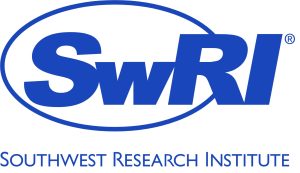
REPUBLISH OUR ARTICLES
We encourage all formats of sharing and republishing of our articles. Whether you want to host on your website, publication or blog, we welcome this. Find out more
Creative Commons Licence (CC BY 4.0)
This work is licensed under a Creative Commons Attribution 4.0 International License. 
What does this mean?
Share: You can copy and redistribute the material in any medium or format
Adapt: You can change, and build upon the material for any purpose, even commercially.
Credit: You must give appropriate credit, provide a link to the license, and indicate if changes were made.
SUBSCRIBE NOW
Follow Us
MORE ARTICLES YOU MAY LIKE
Dr Sebastian Rabien | Making Membrane Mirrors for Future Space Telescopes
Mirrors play a key role in space telescopes, but to keep increasing the scale of this technology, mirrors need to be light and compact, so they can be transported in spacecraft, but also able to be adaptively corrected and controlled to ensure their accuracy. Dr Rabien and his colleagues from the Max Planck Institute for Extraterrestrial Physics, in Germany, have developed a technique to make extremely thin and lightweight mirrors, which can then be controlled with adaptive optics, making them a potential solution for larger space telescopes.
Probing Electron Dynamics in the Ultrafast Regime
In the atoms that make up the matter around us, negatively charged particles called electrons have properties such as spin and orbital angular momentum. Researchers at Martin Luther University Halle-Wittenberg have developed a theoretical framework which allows them to simulate the dynamics of the spin and orbital angular momentum of electrons in materials when probed with an ultrafast laser pulse. Using this framework, they are able to simulate different materials and improve our understanding of dynamics on an atomic scale.
Can Your Personality Shield Your Mind From Ageing? How being open to new experiences might protect against cognitive decline as we age
Many of us have witnessed the troubling effects of ageing on the mind in older friends or family members – the forgotten names, the misplaced keys, the struggle to solve problems that once seemed simple. For decades, scientists have accepted cognitive decline as an inevitable part of growing older. But what if our personality could protect us from some of these changes? A remarkable 25-year study by Dr David Sperbeck, a neuropsychologist at North Star Behavioral Health Hospital in Alaska, has uncovered compelling evidence that certain personality traits might act as a shield against age-related cognitive decline.
AI-Based Video Monitoring of Movement Disorders: Improving Care for Patients with Parkinson’s Disease
As our global population ages, movement disorders like Parkinson’s disease present growing challenges for healthcare systems. Traditional assessment methods rely on subjective clinical ratings during brief clinic visits and often fail to capture the full picture of a patient’s condition. Professor Martin McKeown and his colleagues are pioneering innovative artificial intelligence approaches which use ordinary video recordings to objectively monitor movement disorders. These cutting-edge technologies promise to transform care for millions of patients by enabling remote, continuous assessment of symptoms, while reducing healthcare costs and improving quality of life.

